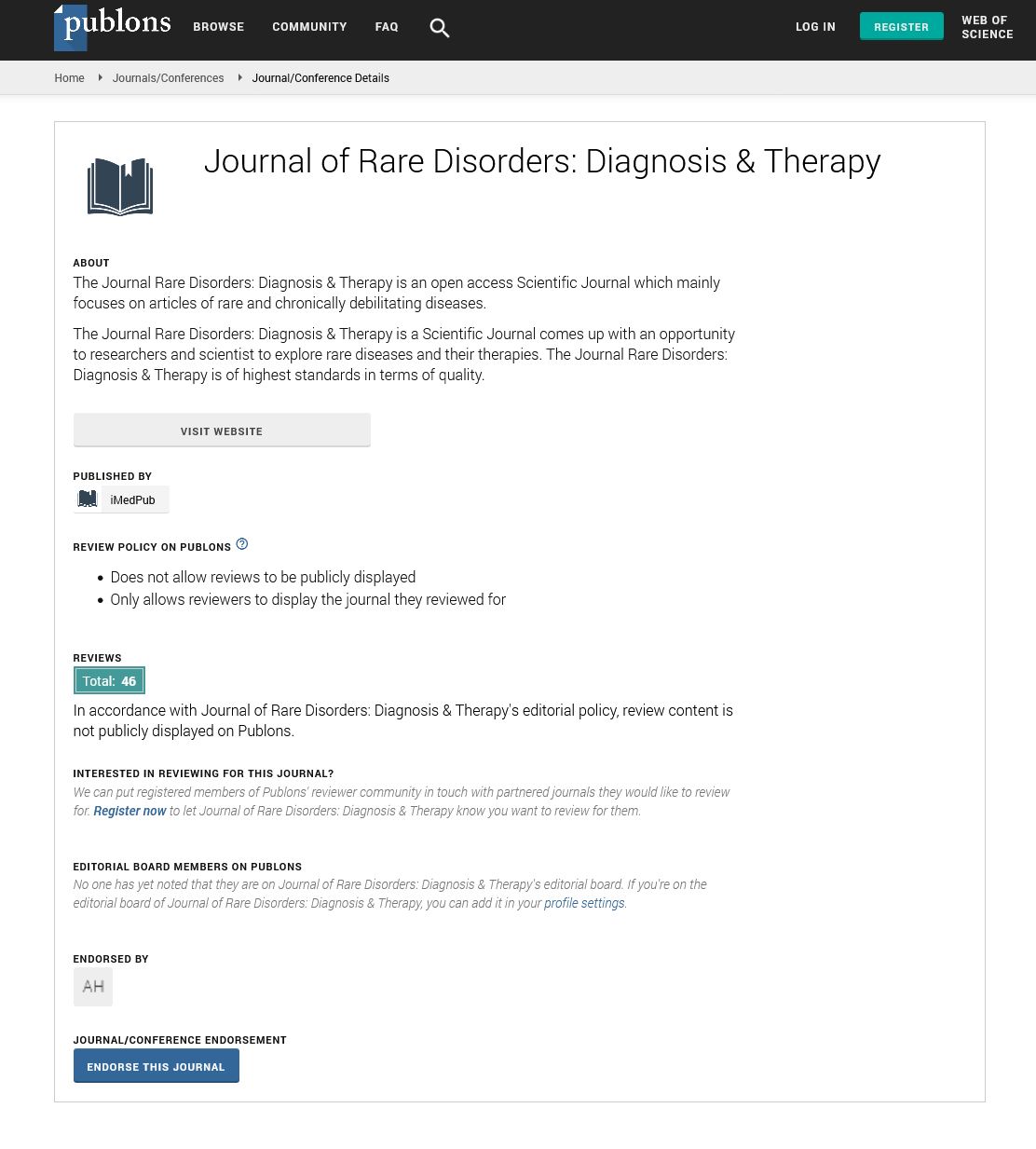Abstract
Biochemical Characterisation and Whole Genome Expression Profiling of Cultured Skin Fibroblasts from Two South African Adults with Urinary 3-Hydroxyisovaleric Acid and 3-Methylcrotonylglycine
We report on the first case of marginal 3-methylcrotonyl-CoA carboxylase (MCC) deficiency in South Africa. Urinary 3-hydroxyisovaleric acid and 3-methylcrotonylglycine were detected in four males of a non-consanguineous family. Only the index patient (NWU001) had non-specific symptoms, the others were asymptomatic. The inherited metabolite profile and partially reduced MCC activity were indicative of marginal MCC deficiency. In vivo L-leucine loading confirmed a reduced flux through the leucine degradation pathway. No known deleterious mutations were detected in the open reading frames of MCCC1 and MCCC2. NWU001 was heterozygous for a SNP in MCCC1 (rs2270968; c.1391A>C, p.H464P). NWU002 was heterozygous for a MCCC2 splice variant which skips exon 7 and causes an in frame deletion of 38 amino acids that is identical to a predicted shorter MCCC2 isoform-2 (Q9HCC0-2). Whole genome expression profiles from cultured skin fibroblasts of NWU001 and NWU002 and two healthy adults using Affymetrix® HuExST1.0 arrays detected 14237 significantly differentially expressed transcript IDs of which only 1277 have known annotation and gene association. The underlying molecular interactions, secondary signalling responses and functional relationships of these 1277 transcripts were inspected following a knowledge-based functional analyses approach using Ingenuity Pathway Analysis software. The transcriptome had a footprint of oxidative stress, disruption of energy homeostasis, inflammation, impaired cellular maintenance and repair mechanisms. Of note was the significant up regulation of the fatty acid amide hydrolase variant 2 (FAAH2) HuChrX transcript in the anandamide degradation canonical pathway. The observations that the two MCC transcripts were not significantly differentially expressed and that more than 90% of the significantly differently expressed transcripts are still poorly annotated further support the notion that secondary factors other than the MCC loci impact on the MCC deficiency phenome.
https://transplanthair.istanbul
https://hairclinicturkey.co
https://hairclinicistanbul.co
https://besthairtransplant.co
https://hairtransplantistanbul.co
Author(s):
Zandberg L, Erasmus E, Suormala T, Mienie LJ, Mels CMC and Van Dijk AA
Abstract | Full-Text | PDF
Share this

Google scholar citation report
Citations : 241
Journal of Rare Disorders: Diagnosis & Therapy received 241 citations as per google scholar report
Journal of Rare Disorders: Diagnosis & Therapy peer review process verified at publons
Abstracted/Indexed in
- Google Scholar
- China National Knowledge Infrastructure (CNKI)
- Directory of Research Journal Indexing (DRJI)
- Publons
- International Committee of Medical Journal Editors (ICMJE)
- Secret Search Engine Labs
- Euro Pub
Open Access Journals
- Aquaculture & Veterinary Science
- Chemistry & Chemical Sciences
- Clinical Sciences
- Engineering
- General Science
- Genetics & Molecular Biology
- Health Care & Nursing
- Immunology & Microbiology
- Materials Science
- Mathematics & Physics
- Medical Sciences
- Neurology & Psychiatry
- Oncology & Cancer Science
- Pharmaceutical Sciences


